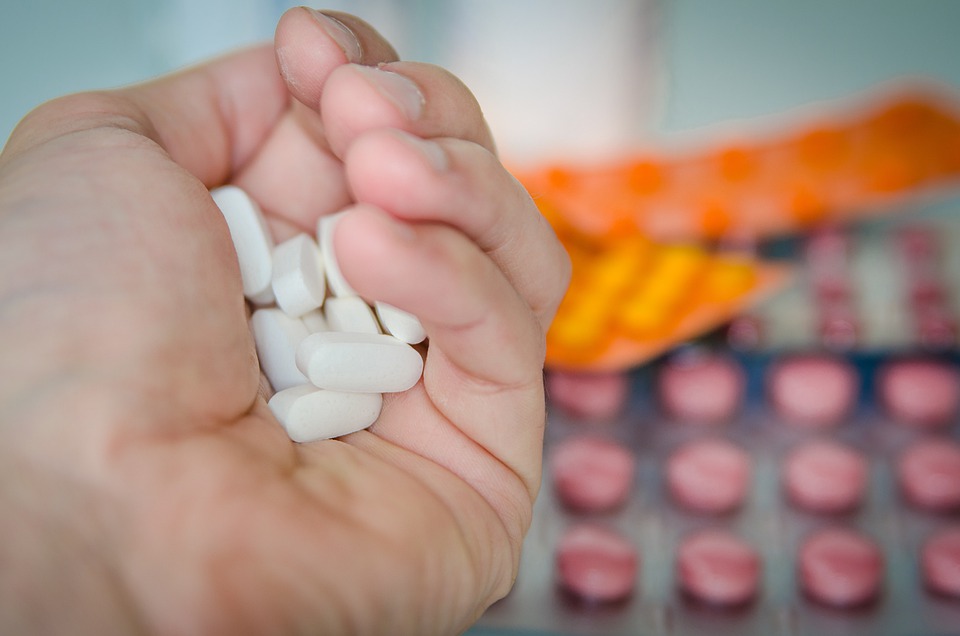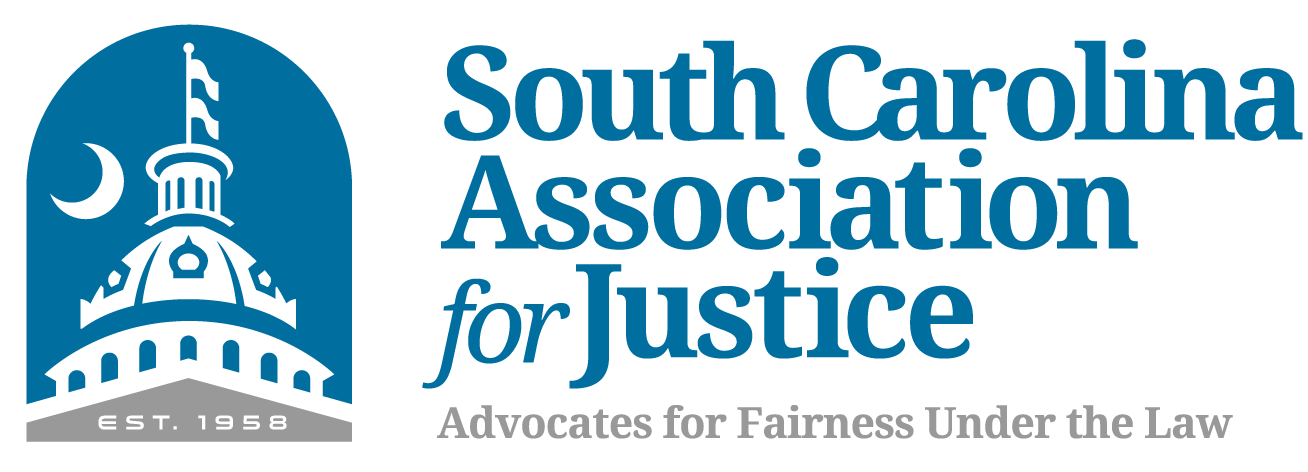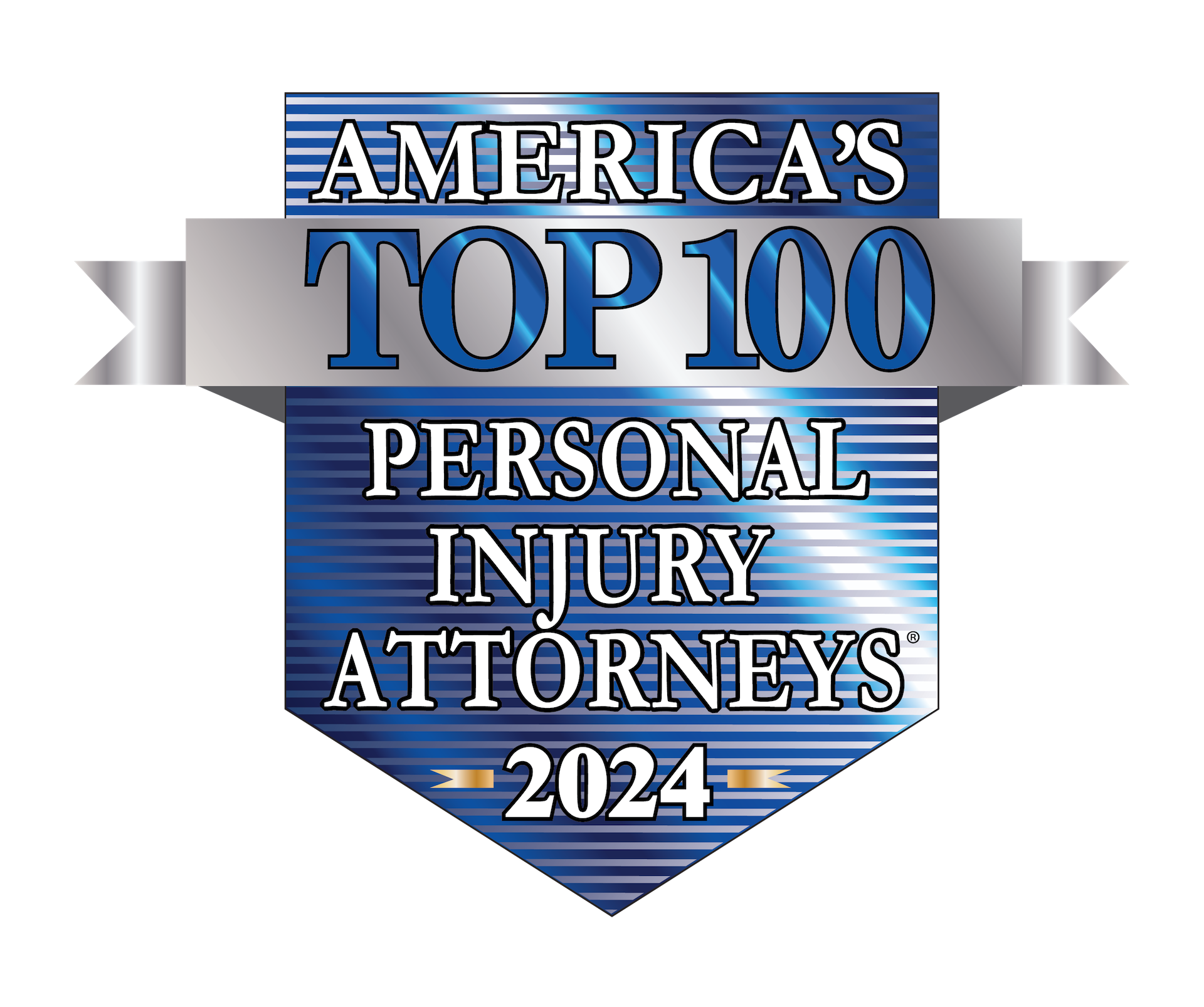
Most Common Medical Errors
Because pharmacists can get slammed with orders, prescription errors in pharmacy can occur. According to the University of Connecticut’s School of Pharmacy, out of all the prescriptions filled in the US 1-5 percent of them involve some kind of error. According to the same report published by the University of Connecticut, prescription labels with incorrect directions are the most frequent type of errors. Giving the wrong dosage for a medicine is the second most common error pharmacists can make.
Pharmacy Statistics
Amounting to a whopping 300.86 billion US dollars in sales in the year 2020, the pharmacy and drugstore industry in the US is big business. From the huge chain drugstores like CVS and Walgreens, to medical clinics, grocery stores, hospitals and nursing homes, prescription drugs are everywhere.
In the US, there are 88,000 pharmacies spread across various facilities including independent or privately-owned ones. The industry has become so huge that it employs about 149,000 on-staff pharmacists. Out of these pharmacists, 6,000 are actively licensed to serve in South Carolina. Due to the growing number of prescriptions, pharmacies are very busy places, where around 25 prescriptions are filled every hour.
Pharmacist Gives Wrong Medication
Receiving an erroneous prescription for the wrong drug from a pharmacy can be extremely dangerous. In fact, according to the US Food and Drug Administration (FDA), prescription errors in pharmacy cause around 1.3 million injuries every year and cause at least one wrongful death every day.
Certain medications have similar names, or have spellings that are almost the same. It is very easy for a busy pharmacist to pick up the wrong medication, especially if they are arranged alphabetically. Also, sometimes pharmacists can be inattentive and reach for the wrong dose of the same medication.
Reasons for Medical Errors
Besides the two most common reasons we discussed earlier, prescription errors can occur in other instances as well. Dispensing medication can be a complex process; therefore the pharmacist can make an error at any point in the process. These errors can be made when the pharmacist refills or dispenses your prescription. In the vast majority of cases, these errors are accidental:
- The first on this list is unclear communication between the pharmacy and the consumer. If the pharmacist is not paying close attention while dispensing your medication, they may miss out on important information.
- Secondly, ambiguous names and directions written in hard-to-read handwriting can cause the pharmacist to make an error. For example, if the doctor has used abbreviations that the pharmacists can’t decipher, there is a chance they may give you the wrong medication.
- While these two reasons are more accidental, the third reason may put the dispensary at fault entirely. If the pharmacy hires an unprofessional, uncertified employee that lacks the right knowledge and training, it could mean that they consciously had the prescription filled by someone who was not authorized by law to do so.
One other type of error that can be made is the pharmacist missing a drug interaction from a new prescription. If the pharmacist misses out on the other prescriptions that the consumer is taking, he can dispense a drug that has adverse interactions. For example, if the pharmacist gives a decongestant to someone who has high blood pressure, it can cause their blood pressure to go even higher.
How to Prevent Medication Errors in Pharmacies
Prevention is preferred over treatment; therefore it is wise to try to avoid prescription errors in pharmacy in the first place. This way you won’t have to file a claim or sue the pharmacy for any damages later on. The main thing you can do to avoid this is to check your prescriptions right after you receive them from the pharmacist. Instead of leaving the pharmacy right away, take your time to check the labels and directions on the bottles and ensure that this information matches the doctor’s prescription.
We learned previously that dispensing the wrong medication to a customer is the biggest pharmacy error. You may accidentally get someone else’s bag with the wrong dosage and/or directions. This is why it is important that you check everything before leaving the pharmacy.
Something else you can do is talk to the pharmacist, and ask any questions that you might have about the medicine. In case you didn’t know, you have the right to a patient-pharmacist counseling session. You can ask about any side effects, interactions and other critical information. Don’t be afraid to be your own advocate. An ounce of prevention is worth a pound of cure!
Prescription Errors in Pharmacy – How to Prevent
Sometimes a pharmacy error can still occur and may potentially cause very serious harm to the patients’ health or death. If the pharmacist or other pharmacy staff failed to provide you with the correct prescription and follow the guidelines established by law, then they may have committed pharmacy malpractice. Some things that may qualify as malpractice are:
- Filing the wrong medicine,
- Dispensing the wrong dosage of medicine,
- Ignoring the requirement of warning you against the side effects and interactions the drug might have,
- Prescribing a mix of medicines that shouldn’t be taken together,
- Not taking into account the patient’s medical history and previous prescription use.
Since these errors can happen in various ways and at different points in the process, lawsuits that follow them are also complicated and require the expertise of a pharmacy malpractice lawyer.
This is why you should not make the mistake of taking matters in your hands; keep the prescription safe as evidence for future litigation and get an attorney on board. You need the help of a professional who is knowledgeable about the drug prescription process, medical malpractice and pharmacy malpractice.
If you are the victim of pharmacy malpractice, you might be entitled to receive compensation to recover damages. Since the entire process will require a detailed analysis of accepted standards for the pharmacy field, you will need to work with an attorney who understands the complex rules and regulations which govern pharmacies and pharmacists. Your attorney should have the resources, access to experts and expertise to investigate your case and find the best solution for you and your families’ suffering.
The Law Offices of David L. Hood – Prescription Error Lawyer
Pharmacist errors can cause serious health problems and even result in death for many innocent patients. However, if the matter is handled expertly, those responsible for the damages can be held accountable. The Law Offices of David L. Hood and his co-counsel have experience in handling medication errors. With an understanding of the system, they utilize their network of medical experts and pharmacists to figure out the cause of the mistake and obtain (if possible) an expert opinion so a claim can be filed against those at fault.
If you have suffered at the hand of someone else’s negligence and incompetence, let us do whatever it takes to help you and your family get justice. We will fight until you get the compensation that you deserve.
If you or a loved-one has been a victim of pharmacy malpractice in South Carolina contact us for a free initial consultation. If you choose us to fight for your claim, we will work with you on a contingent-fee basis. So, you won’t owe us a fee unless we get a recovery for you! You can call us now at (843) 491-6025 or contact us at any of our offices in South Carolina here.




